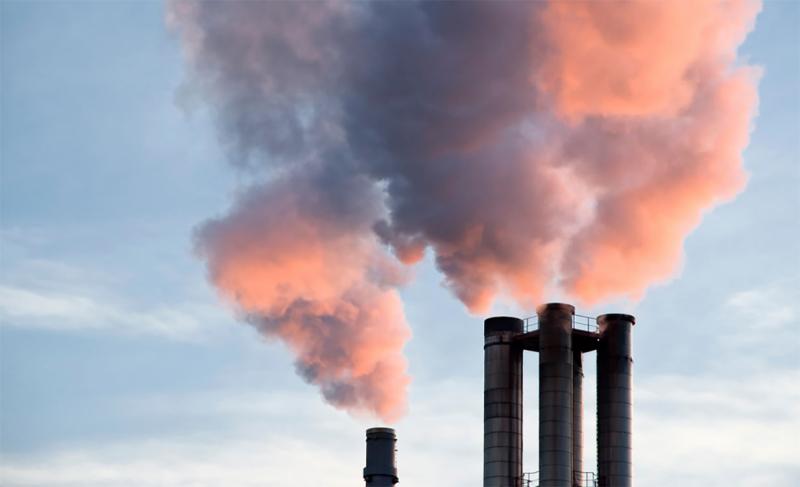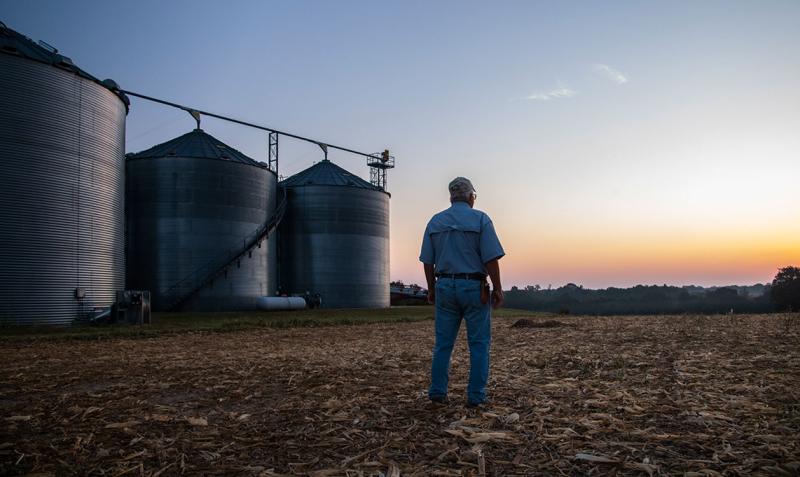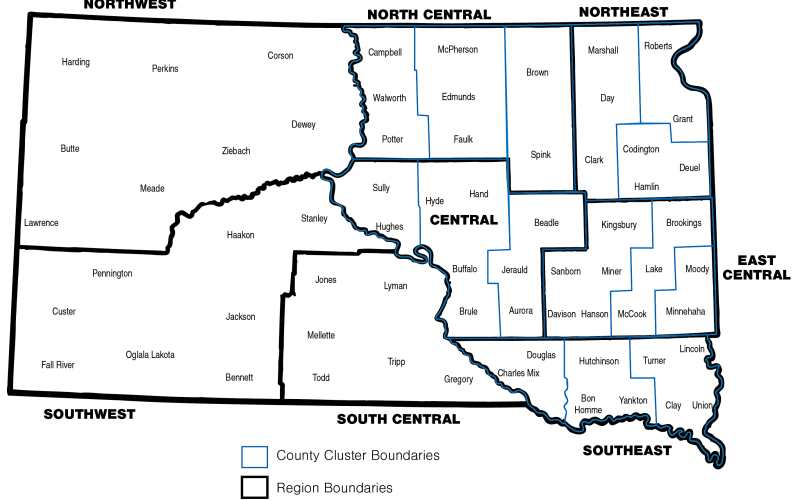
Written collaboratively by Tong Wang and Stephen Cheye.
As atmospheric greenhouse gas (GHG) increases, it traps more heat and slows down heat loss from earth to space. Challenges caused by increased atmospheric GHG levels include temperature rise, more drought and flooding events, and loss of biodiversity (Chen et al., 2021). As concerns mount towards GHG emission-induced challenges, 124 countries pledged to achieve net-zero carbon emissions by 2050 or 2060. Meanwhile, an increasing number of companies are also pledging to reduce their greenhouse gas emissions. Yet, many cannot cut down their emissions at preferable rates, as it is prohibitively costly to reduce emissions with current technologies. Carbon markets provide necessary mechanisms to help reach such goals.
Types of Carbon Markets
In carbon markets, the traded commodity is the right to emit carbon. Buyers are the entities that generate carbon emission, while sellers are those who keep or remove emissions from the air. There are two types of carbon markets: 1) compliance carbon markets (mandatory); and 2) voluntary carbon markets. Compliance carbon markets issue a limited number of allowances per company per year, referred to as a ‘cap,’ based on regulatory requirements. The ‘cap’ will slowly decrease over the years, thus achieving reductions in carbon emission over time. Voluntary carbon markets are self-governed, which provide companies that reduce/remove carbon emissions opportunities for additional revenue and carbon-emitting companies with opportunities to offset carbon emissions.
Impacts of Conservation Practices on Soil Sequestration
Agricultural soil is viewed as the frontier of carbon removal. While conventional agricultural practices contribute to the release of soil carbon into the atmosphere, it is estimated that much of these losses can be re-sequestered after long-term adoption of regenerative agricultural practices. Subject to different climate conditions, the carbon sequestration potentials of agricultural practices vary. The potential carbon sequestration impacts of some practices, presented by Bergman (2022) based on estimates from three different sources, are summarized in Table 1.
| Conservation practices |
(Unit: metric tons acre-1 year-1) |
|---|---|
| Cover crops |
|
| Diversified crop rotation |
|
| No-till |
|
| Reduced till |
|
Source: Bergman (2022)
To date, voluntary carbon markets are the only markets that farmers can utilize and profit from soil carbon sequestration following adoption of conservation practices. Yet, the demand for carbon credits is expected to grow dramatically in the coming decades, which calls for an increased supply of carbon credits from soil carbon sequestration. There is growing interest in paying farmers for regenerative agricultural practices as means for sequestering carbon (Buck and Palumbo-Compton, 2022).
Examples of Companies in Voluntary Carbon Markets

In recent years, there have been an increasing number of opportunities for farmers to receive payments from carbon programs with varying carbon prices and requirements. Table 2 (see attachments) provides some examples of companies in voluntary markets that offer farmers opportunities to sell carbon credits. The offered carbon prices are generally based on different measuring criteria: 1) the amount of carbon sequestered (unit: $ per ton) and 2) the size of fields where conservation practices are adopted (unit: $ per acre). In general, the offered prices based on the amount of sequestered carbon range from $15 to $30 per ton, while those based on field size range from $10 to $31 per acre (Table 2).
The practices that qualify farmers for payment typically include cover crops, conservation tillage (no-till or reduced till), nitrogen optimization, diversified crop rotations, improved grazing, and increased biodiversity. The minimum enrollment acreage requirements vary across companies, ranging from no minimum requirement to 1,000 acres. While most programs require newly adopted or expanded conservation practices, some programs also provide payment for practices that were adopted in the past. Some programs allow for enrollment in multiple programs, except for other carbon credit programs or privately funded programs. Other programs are more restrictive in that they do not allow government-funded programs as well. While tenants may benefit from the carbon market, landowner’s permission is typically required on leased land. The required contract lengths vary from one to ten years, and some companies require producers to retain the practices for another 10 years after the contract ends. More-detailed information about some of the carbon program requirements is available in Table 2. Note that Table 2 aims to equip farmers with a better understanding of the differences in offered prices and program requirements for the current voluntary carbon markets. There is no implication of endorsement from the authors towards any of these companies/programs.
Despite growing opportunities for farmers to earn additional revenue from sequestering carbon, challenges remain at the current stage in areas such as measurement and verification of carbon credits, risks from dis-adoption of previously adopted conservation practices etc. (Thompson et al., 2021; Wongpiyabovorn et al., 2022), which warrant further research to help reach the net-zero carbon emission goal.
References
- Buck, H. J., & Palumbo-Compton, A. (2022). Soil carbon sequestration as a climate strategy: what do farmers think? Biogeochemistry, 161(1), 59-70.
- Bergman K. (2022). Conservation practice impact on carbon sequestration. Center for Rural Affairs. Accessed on February 3rd, 2023.
- Chen, J. M. (2021). Carbon neutrality: toward a sustainable future. The Innovation, 2(3):100127.
- Thompson, N. M., Hughes, M. N., Nuworsu, E. K., Reeling, C. J., Armstrong, S. D., Mintert, J. R., Langemeier, M.R., DeLay, N.D., & Foster, K. A. (2022). Opportunities and challenges associated with “carbon farming” for US row-crop producers. Choices, 37(316-2022-1149).
- Wongpiyabovorn, O., Plastina, A., & Crespi, J. M. (2022). Challenges to voluntary Ag carbon markets. Applied Economic Perspectives and Policy, 1-14.


